
Street art in Zittau: Who is creating house-sized paintings?
Street art in Zittau: Who is creating house-sized paintings?
Der Kulturinformant
»"...You can't just paint what you want. It's not art, it's not street art, it's just "I wanted to do it.""«
Czech and Ukrainian artists have transformed a two-story private mansion in Zittau into a real modern cultural object by painting two giant colorful murals on the walls. The idea and colorful execution of murals usually stands out against the background of urban development, attracting tourists. However, these murals in Zittau were painted not for the inquisitive eyes of travelers, but rather for the vivid imagination of the building's residents. The initiative belongs to the Czech artist Ála Plíhalová.
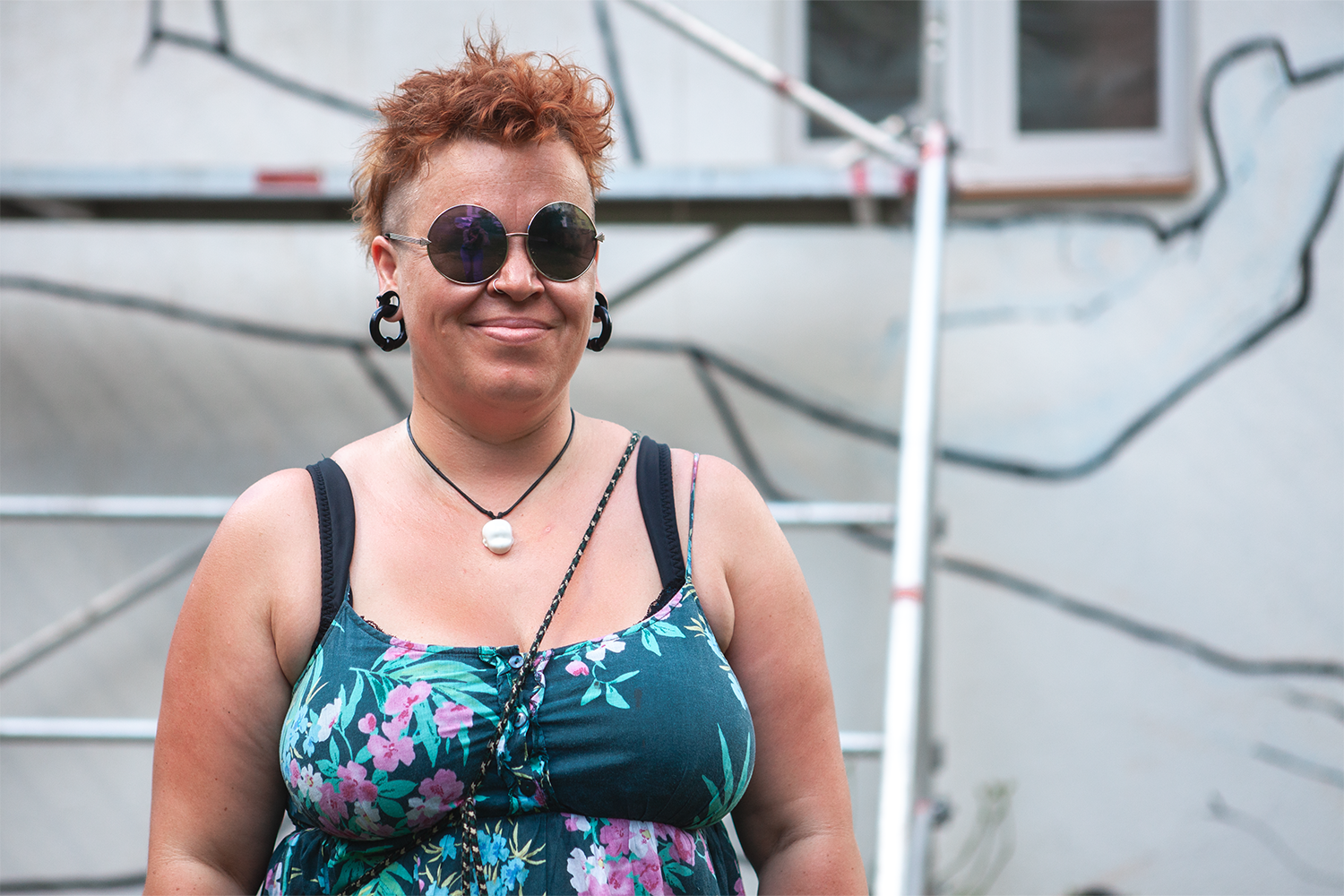
"The owners of the house have two small children, so we have chosen friendly motifs. Often my works have an erotic content or are more expressive - with big teeth or eyes. So I think this is the friendliest of my drawings and certainly the biggest. I don't like to give names to the characters because I like to let people's imagination work. When I draw, I give people the opportunity to put their own story and idea into the drawing," explains Ála.
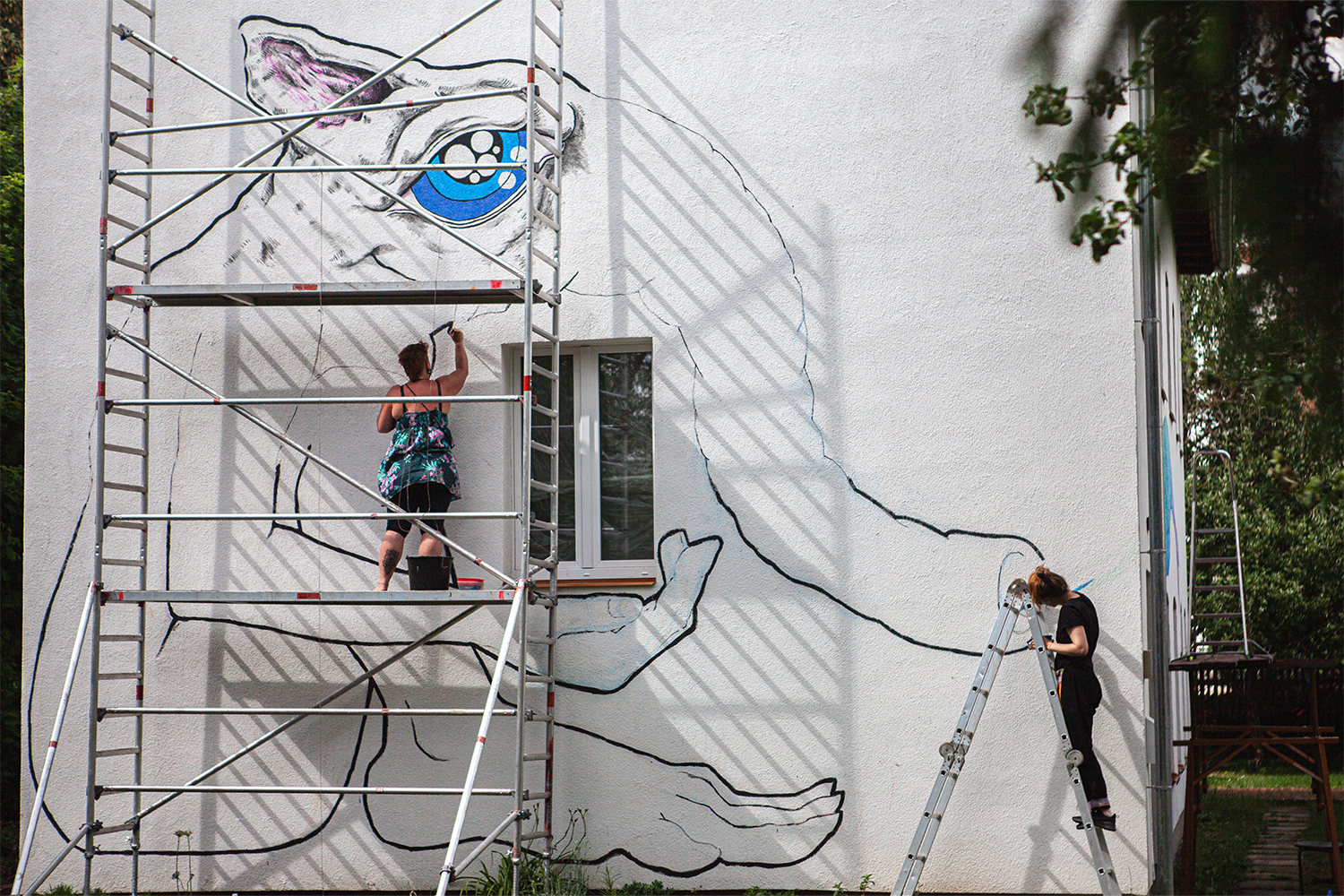
Ála paints in her studio in Liberec and has put together an exhibition of her work that was presented at the Hillerische Villa in Zittau in the winter of 2024. The artist's works are characters, mostly drawn in ink on canvas, but the creation of a painting on the wall of a house is her first such work. The idea to try something in this direction arose two years ago, when Ála met the artist Irina Vodolazchenko, who then came to Zittau for the first time.
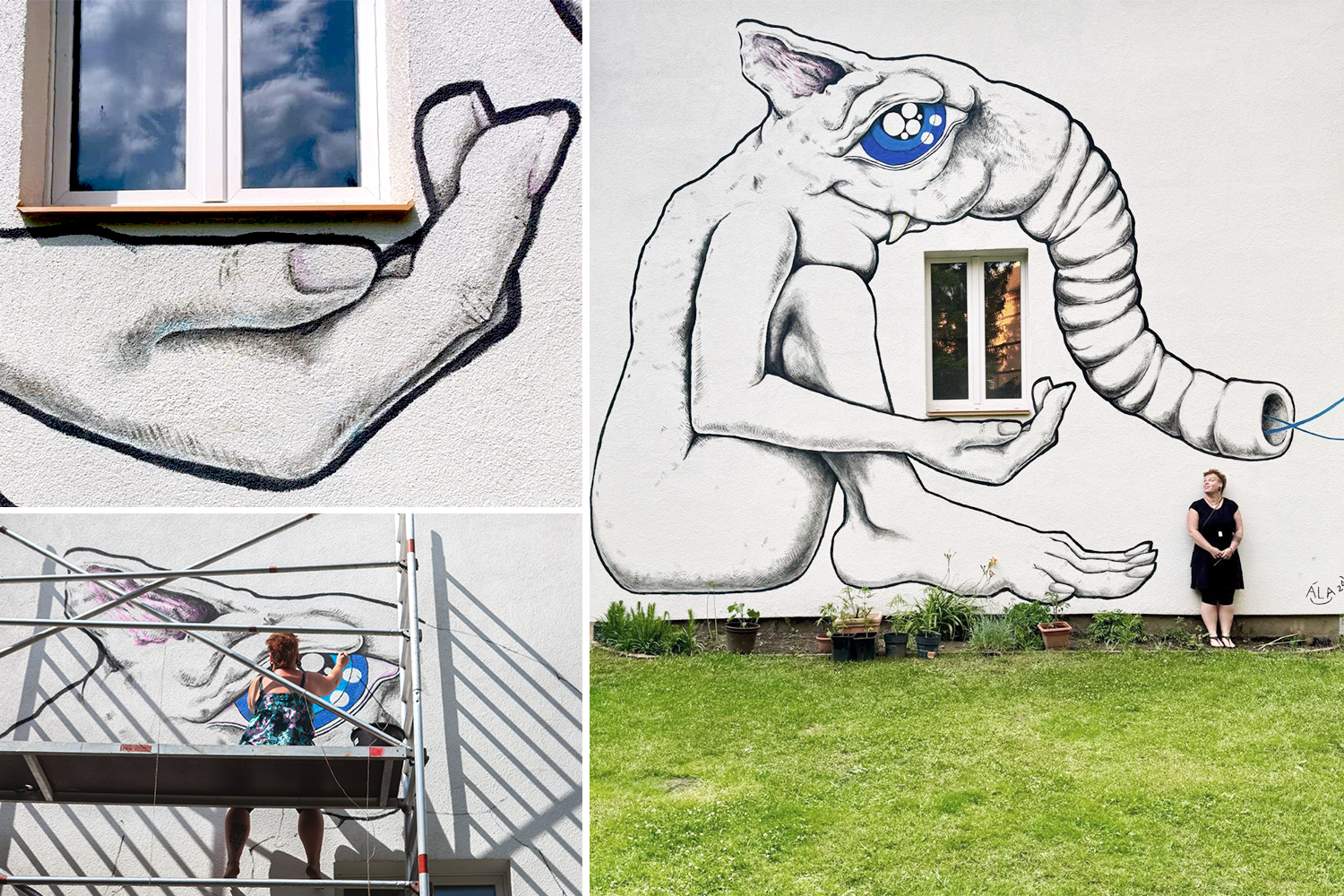
Iryna Vodolazchenko is an artist from Kharkiv, a city in Ukraine close to the border with Russia and, consequently, to the front line. Iryna's creative portfolio includes hundreds of images, paintings, and graffiti, but she specializes primarily in muralism.
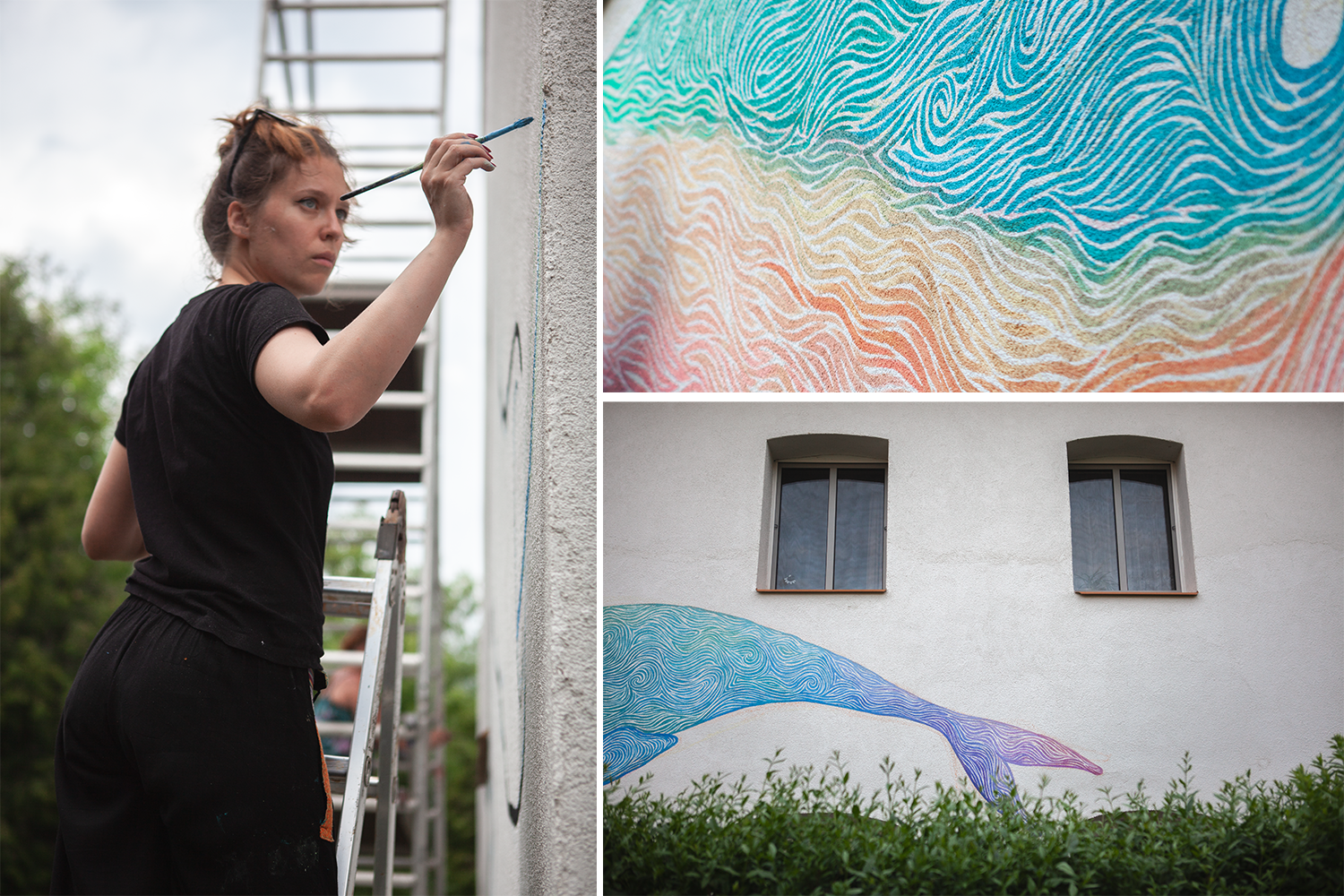
We talked to Irina in more detail about the images and projects that have already been realized in Germany:
Iryna, in the house in Zittau you and Ála Plíhalová depicted two creatures. A large seated giant blows a stream of water out of its elephant trunk, in which a whale bathes on the other wall of the house. It is obvious that the whale likes this environment, as it is depicted in a bright gradient. Could you tell us about the process of creating this project?
First, we prepare a theme, a color palette, then a sketch, then we buy the materials needed in quantity. This is an artistic acrylic, but it is suitable for painting in exteriors. If you varnish it, it will be quite durable. From 3 to 5 years, depending on the direct sunlight. Rain does not affect it. So, we met for tea, made sketches, agreed on a theme, and in a day all the equipment was rented here, we started with a chalk sketch.
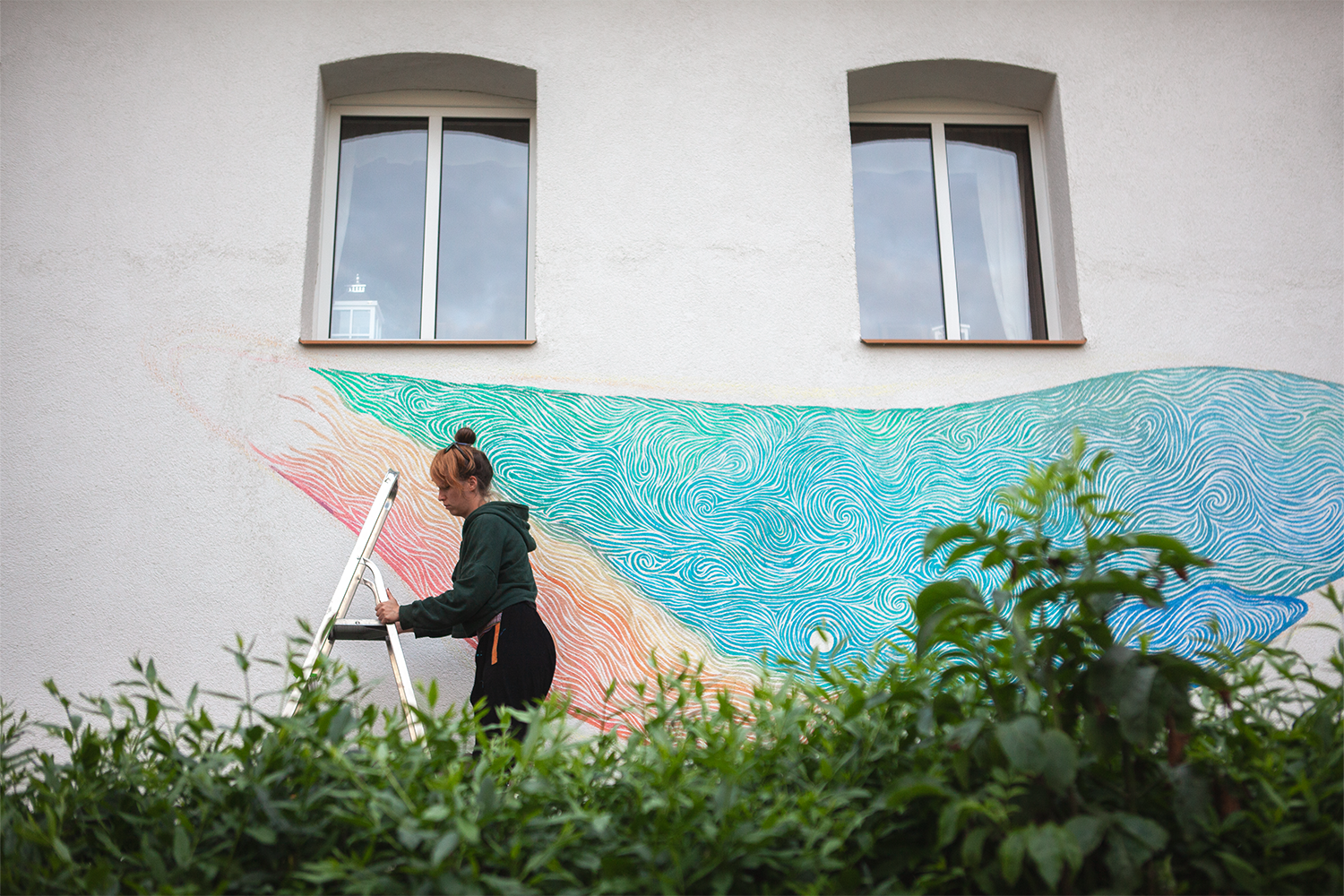
How did you come up with the idea for the image of a whale?
When I started to make a sketch for this work, very interesting clouds came up, swirling in a vortex. I've been inspired by Van Gogh since I was a kid. I found my own style, which is partly reminiscent of Van Gogh's vortexes and on the other hand it is my own graphics with my own color palette. I used this style to depict this whale as a mural. But the search for style takes place throughout the artist's life. Even small experiments can give a very unexpected cool result and form the final style and identity.
The topic of identity is the number one issue for Ukrainians nowadays, and we can say that there is a kind of "boom" in the world for everything Ukrainian - style, art, music. What role does this topic play in your work now?
In general, the topic of identity is very important to me as a Ukrainian woman. I think about it a lot and I also do projects that involve researching some Ukrainian ornaments and techniques. The same Petrykivka painting - I think it's very important to talk about it, to hold master classes, to teach it to other people. To keep the tradition and culture alive and passed down from generation to generation.
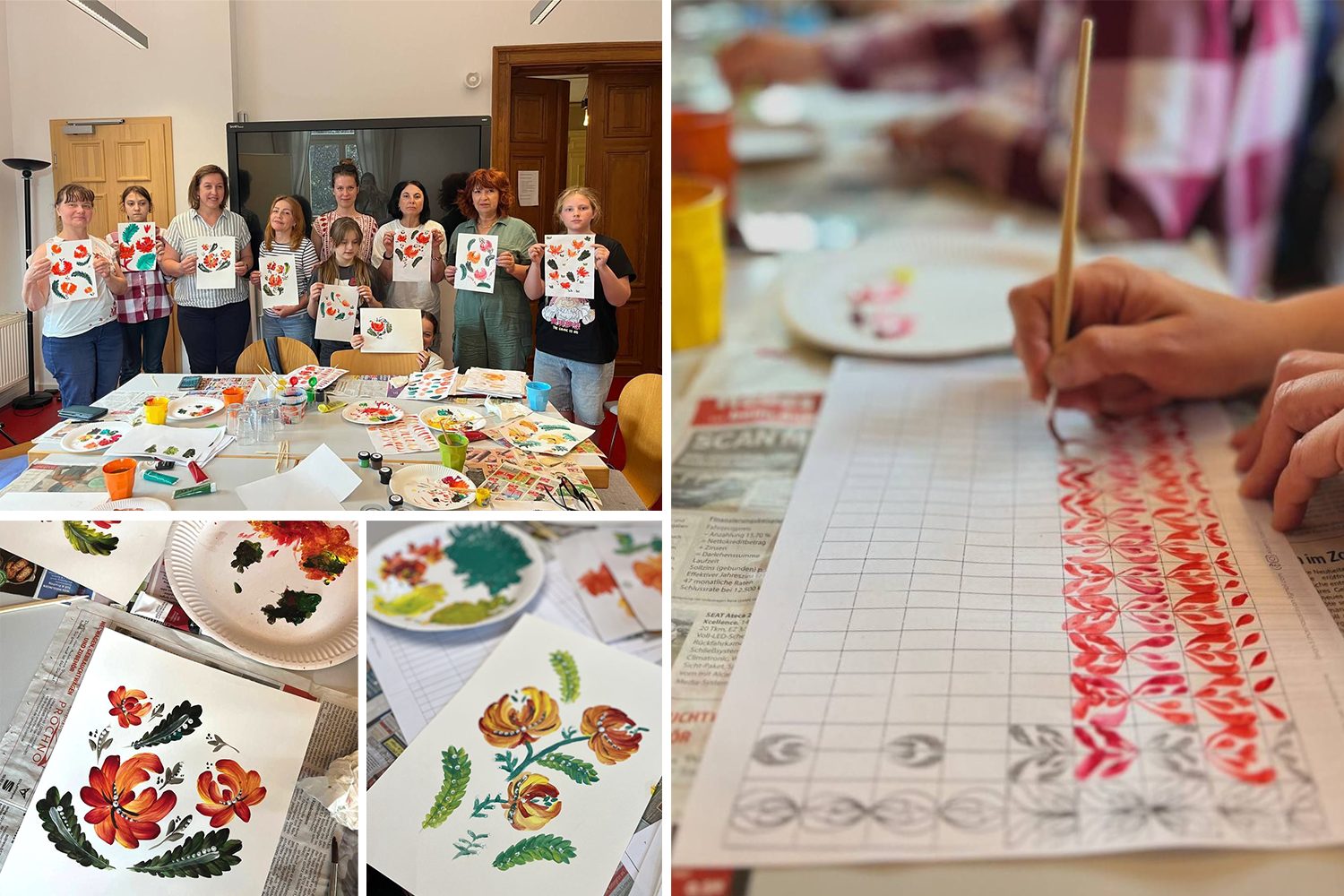
Petrykivka painting is a really rare choice of ornament for a contemporary muralist. I don't recall any murals with Petrykivka painting, although it was primarily a type of painting, a technique used to paint the walls of houses. But master classes for learning this technique are now gaining popularity. How do the participants of your workshops perceive it, how do they learn this technique?
I held three master classes at Hillersche Villa. Both Ukrainians and Germans participated. There has been a lot of feedback that people feel very relaxed in the process and say it is like meditation. The master class is usually scheduled for two hours, but experience shows that we always stay longer. People just don't want to get up. If we compare it with other techniques and paintings, the Petrykivka technique is similar to Chinese and Japanese calligraphy. A person also has to concentrate in order to hone a certain stroke, and when he or she starts to succeed, then a certain state of concentration arises, which makes it easier for a person to calm down.
It sounds like art therapy...
I studied monumental painting at the Kharkiv National Academy of Visual Arts. Then I got my master's degree in art-pedagogical therapy. I can teach pedagogical practices using art techniques, but as a psychologist I cannot practice art therapy because it requires a specialized medical education. Artistic practices that are aimed at working in a group – their aim is not people communicating together, but converting their experiences and emotions from non-verbal communication into art, expressing the emotions they carry inside and may not talk about it with a psychologist.
Are there any age restrictions for the workshops you conduct?
No, there aren’t. For example, I recently held a graffiti workshop right on the school fence. On the first day, there were 12 children in grades 1-2. The next day, the children were a little bit older - they were in grades 2 and 4. We painted the fence of the Grundschule Emil Ufer Olbersdorf.
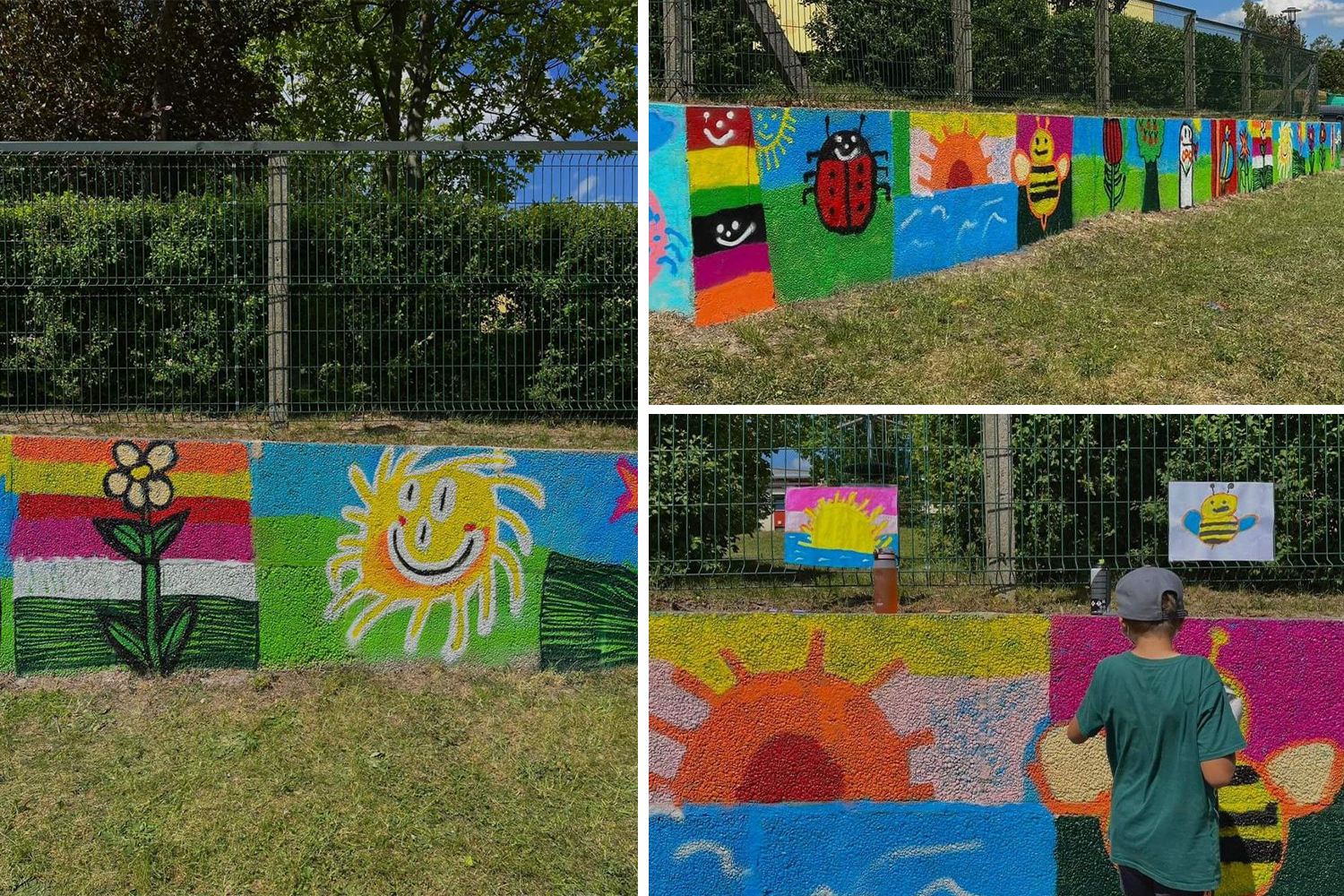
Is graffiti also art therapy?
Graffiti is a "hard" culture. For me, it is a conscious action and the person who does it must understand the context. You can't just paint anything you want. It will not be art, not street art, but just "I wanted to do it". I have many architectural friends, and I've had many discussions with them about urban space, who owns it, who can do what there. I think that the graffiti phenomenon is cool and it should be, because it is mostly a method of drawing public attention to some acute problems. And very often graffiti appears in places where something is neglected and needs the attention of the authorities. For example, it can be old abandoned buildings that need repair and restoration.
Do you paint graffiti in Germany?
In 2022, I painted an abstraction on a fence for the Wohngruppe Maxi.
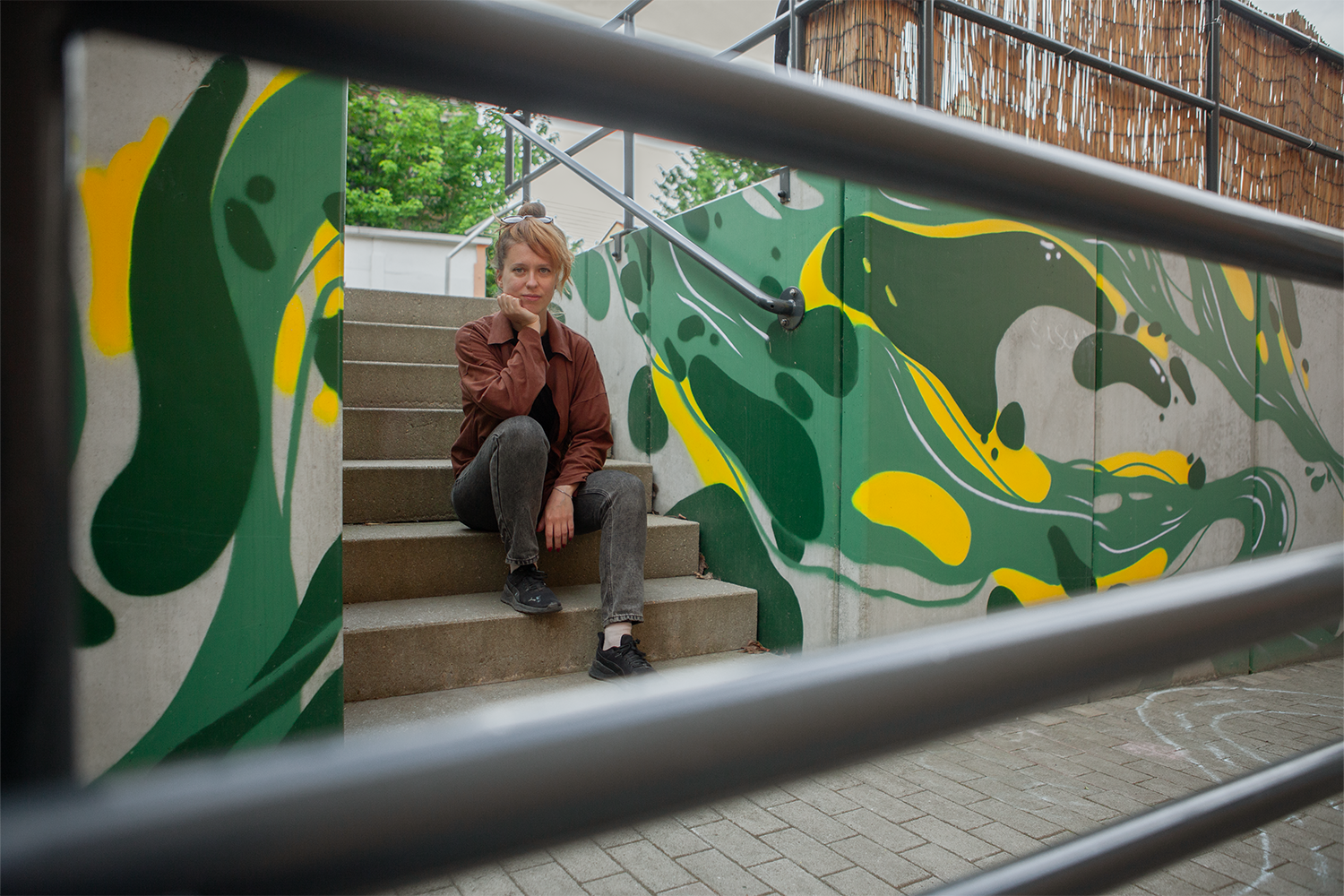
There is also an arch in the center of Zittau with works by graphic artists. I painted a portrait of a guy with big eyes and the pseudonym "Graf963". This is the pseudonym of a friend of mine from Ukraine who draws people like this with big eyes. It was 2022 and I did this graffiti to support him because he decided to go to the front to fight as a volunteer and we needed to raise money to buy him equipment.
How did his fate turn out?
He is still fighting at the front.
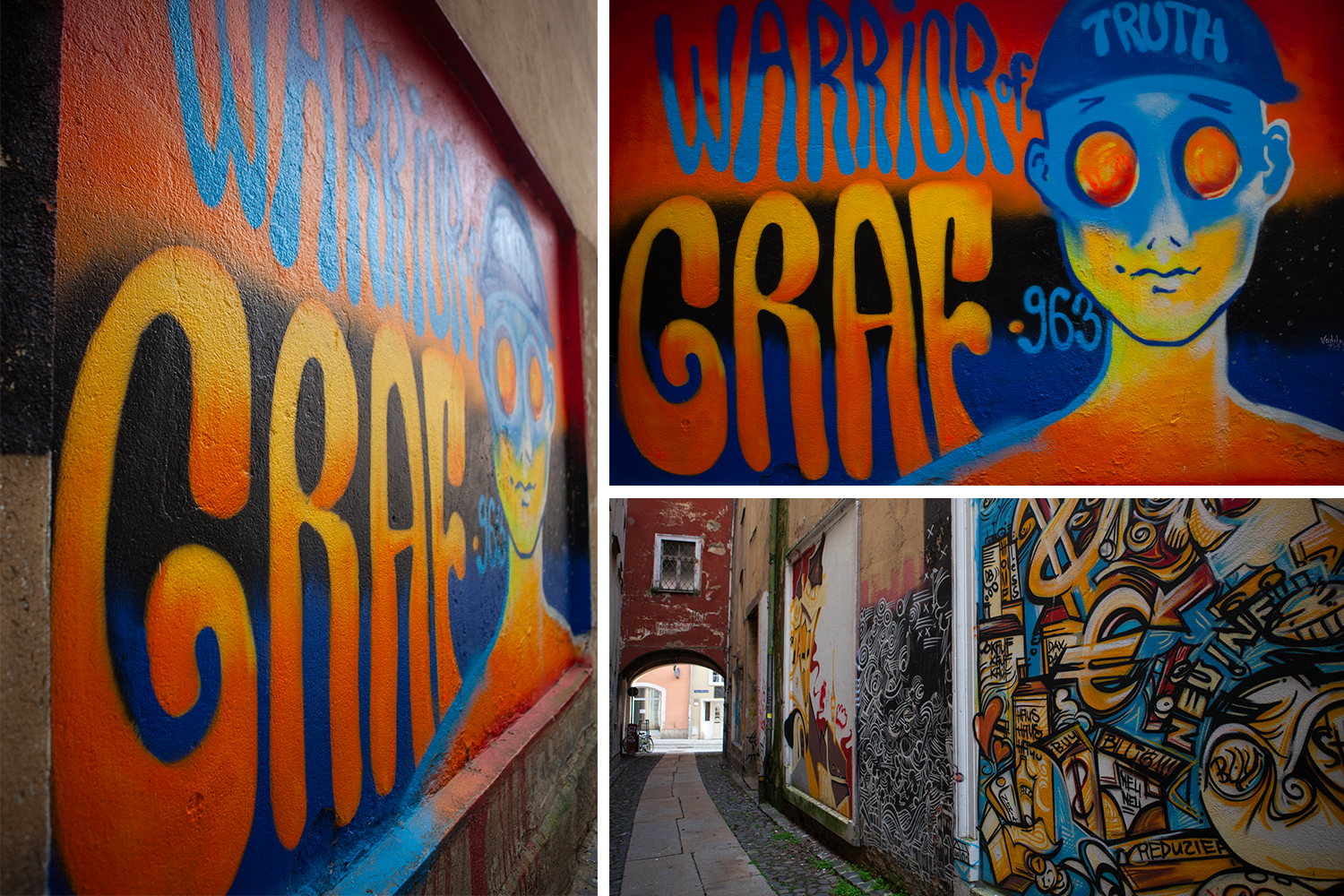
How did you get to Germany and start painting here?
Before Russia's full-scale invasion of Ukraine, I dreamed of making a mural in Germany for a long time. Then, when the war started, I was invited here, we organized an exhibition of paintings by Ukrainian artists in Hamburg, and I made a mural there and then in Zittau.
Was the mural in Hamburg somehow connected to the war?
When the full-scale invasion began, I realized that there was no safety anywhere and it was very difficult to find it in the constant stress, so I made a reference point for myself that the association with safety was the sea. Then, in Hamburg, I was given a wall where I could draw whatever I wanted and I began to explore this sense of security through the image of the sea and the characters associated with it. That's how the jellyfish with a bird's head came about. And the feeling of safety emerged in the process of drawing it. The gap between me and the wall is my safety. Because at that moment I was still very worried about the sounds of airplanes, fireworks, and children's screams that I heard in Hamburg. But this moment when I was painting was an island of safety for me. Then, when I came to Zittau, I was interested in continuing this theme, but from a different angle.
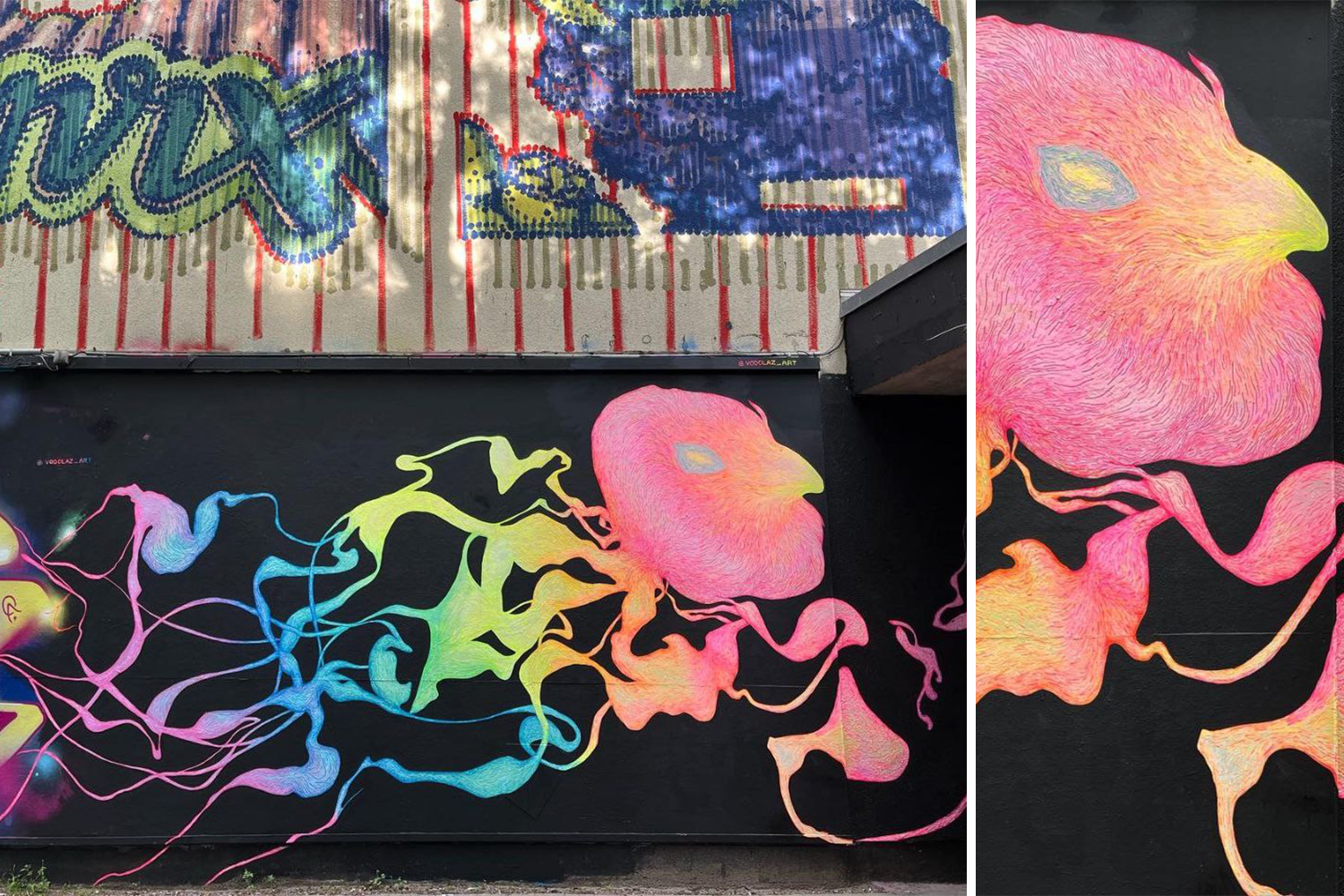
How did you end up in Zittau and how did your work here begin?
I was invited here by Karin Kaiser. We knew each other through social media. At first, we were engaged in the continuation of the exhibition "Unbreakable", which was in Hamburg, but with a new lineup of 16 artists, and I was one of the curators of this exhibition together with Karin. Everything took place in an old building in the city center on Amalienstrasse, owned by the architect Benjamin Pfefferkorn. On the ground floor, people came to the exhibition and were greeted by my mural, and opposite the mural hung my works, on the other two floors there were works by other artists.
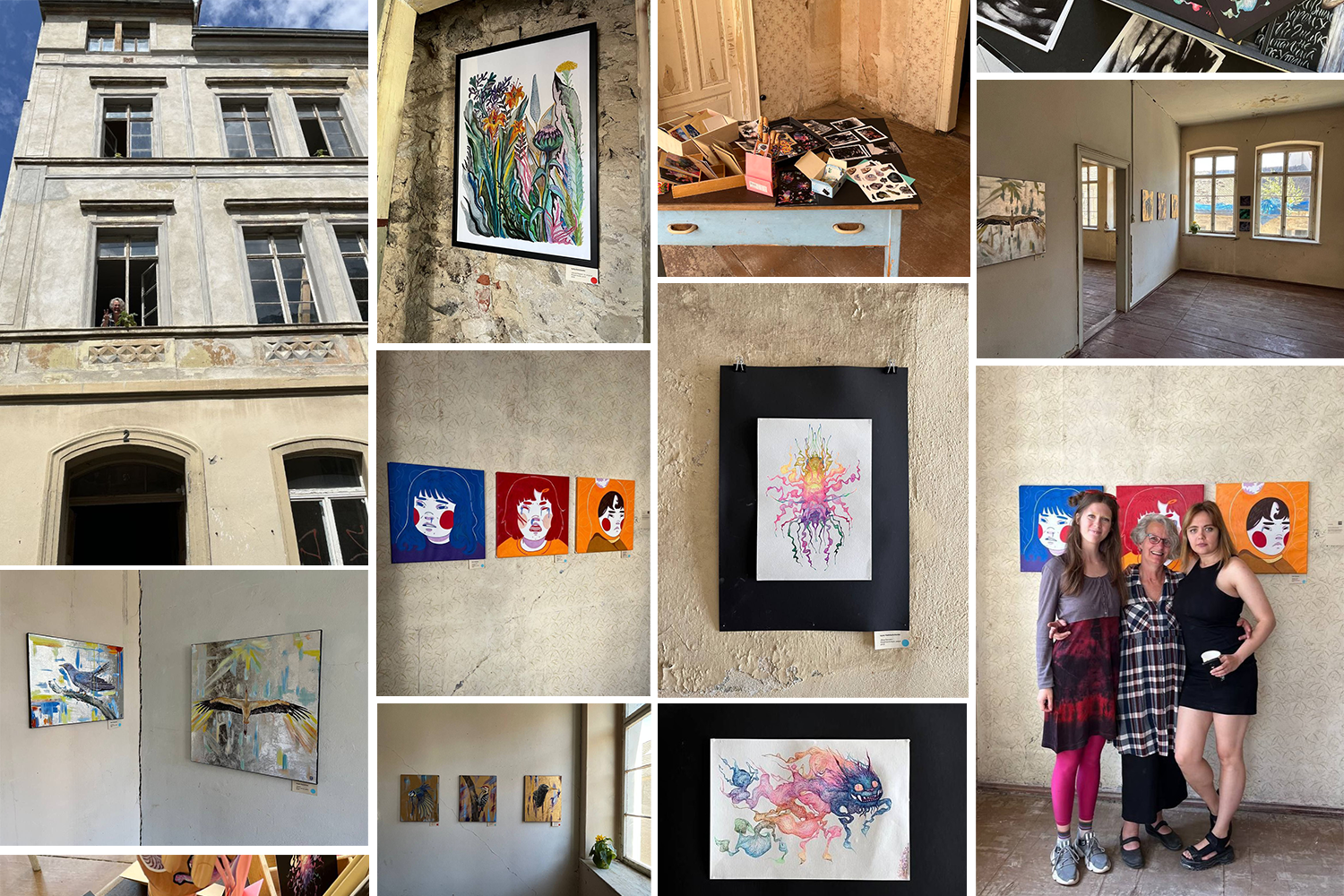
Did you make this mural to order? What is it about?
It was an improvisation. I was exploring the feeling of tenderness in this work. This idea came about because of the tragic and difficult events in Ukraine. There is a lot of violence and a sense of hatred there, so I started looking for something that is the opposite of that. I realized that tenderness is the highest stage of love and tolerance. I also wanted to show the contrast with how the shape can look repulsive, it can be a creature with a lot of eyes, but on the other hand, through the colors it creates a contrast of feelings.
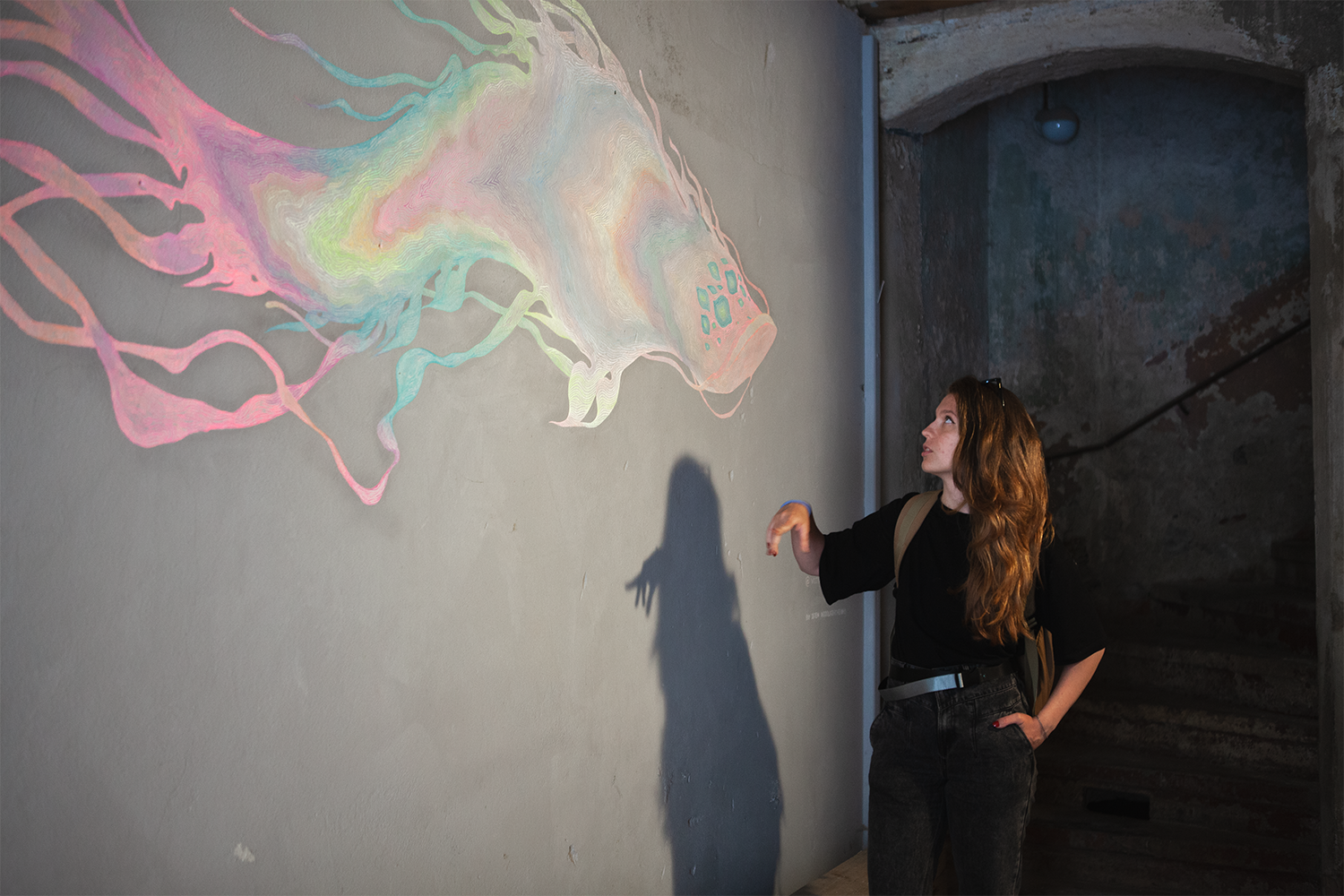
At first, you think, wow, it looks like a sunset, it's like in my childhood, and then you think, wow, it's some kind of fantastic monster. And thanks to this contrast, this creature does not seem aggressive, just alien. I wanted to achieve such an effect that the color of this creature would vibrate in some places, so that it would reflect the light, so I used fluorescent paint in some places.
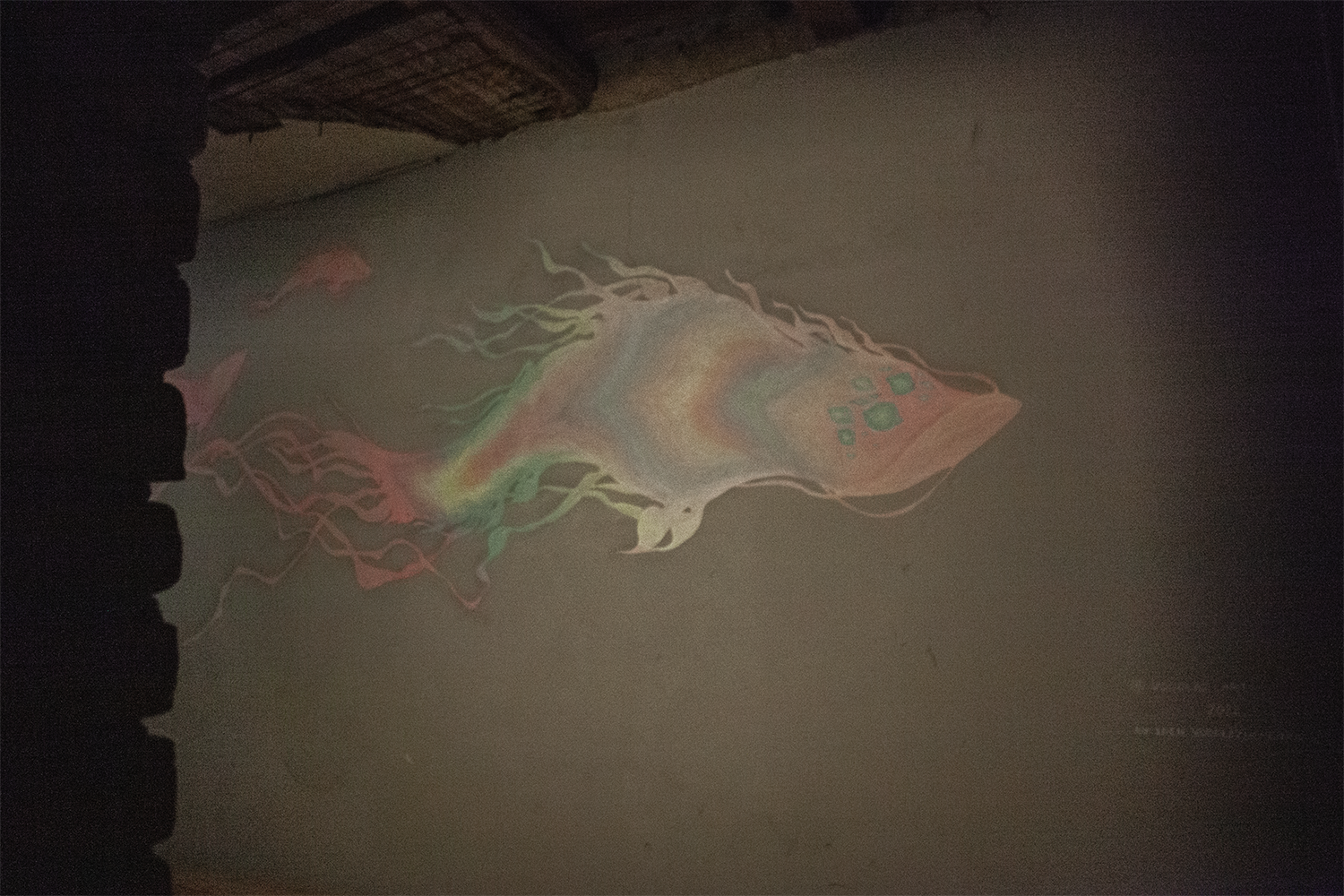
So, we can say that your dream of painting a mural in Germany has come true. But why Germany?
For me, this is a place that shows the power of art as a cultural response to political activity in a historical context. Street art here has evolved from a marginalized practice to a recognized art form that has a significant impact on identity and inspires me because it acts as a powerful tool for social change in the postwar period. Ukrainians are currently experiencing many difficult events related to the full-scale invasion, which resonate with the historical events in Germany. And I believe that one day Kharkiv will become a Ukrainian Berlin.
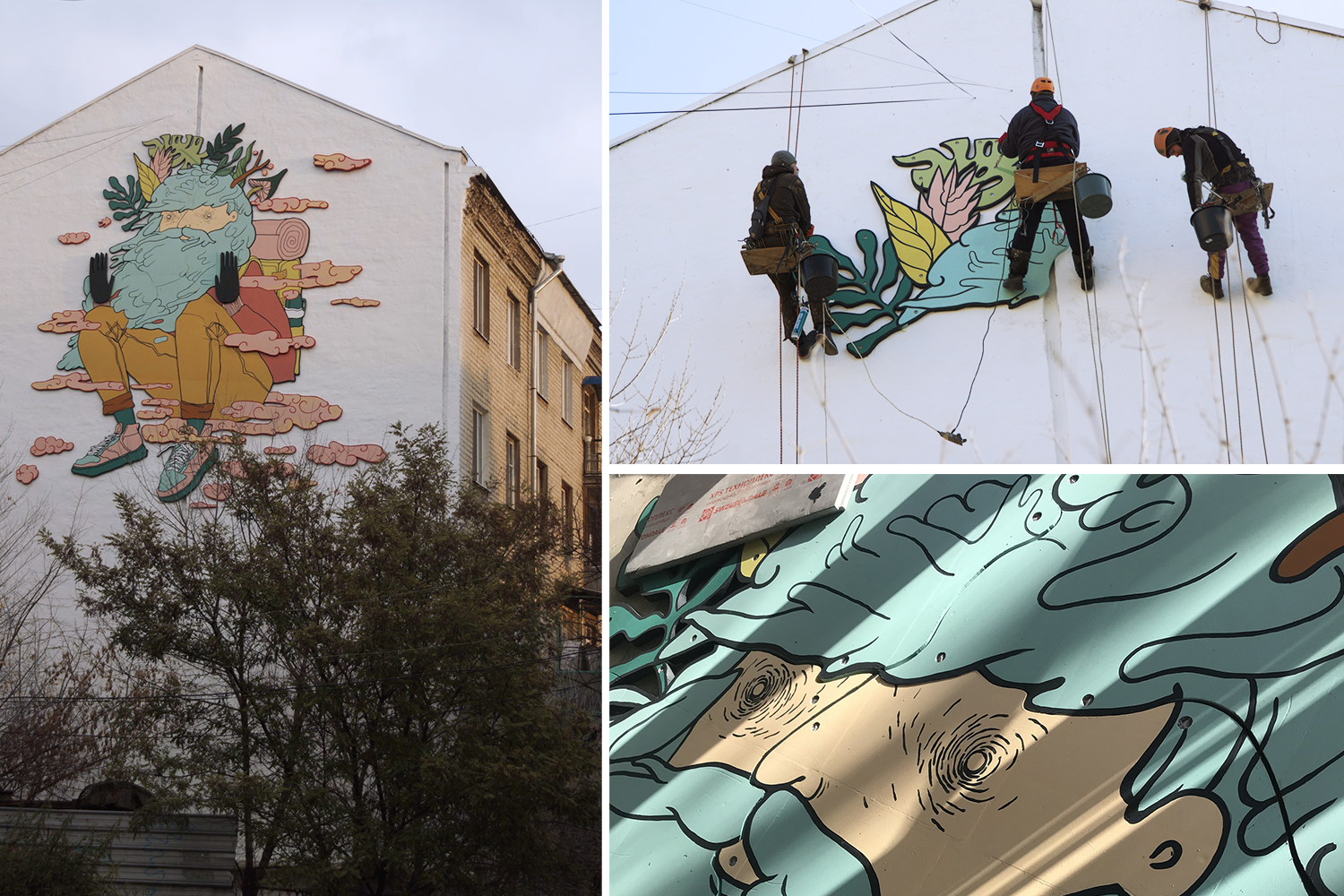
About the projects in Ukraine: which one remains the most successful and closest to you personally?
It was a project on the Kharkiv Citizen's Portal platform, which is a website for city civic initiatives. People who were registered on this platform had to vote for the project, and then it was implemented for the city budget. I went through such a project five years ago. It was the project "Amulets of Kharkiv" - the Little Woodman on Vorobyova Street. And on Troitsky Lane - a Hare meditating in harmony with nature. These were realized as art objects. They were made of polystyrene foam as partial insulation of the house. I believe that this project is important because it is completely original, it is purely my creative work. It is very well integrated into the context in terms of colors, location in a particular place. I painted it with a team, with the help of Alexey Pasturga, Alexey Filippov and Denis Stadnik.

What is the state of your work in Ukraine now?
I had an unpleasant experience with damage to my artwork. There was an explosion nearby on the neighboring street, the buildings were partially destroyed, but my mural "The Little Woodman" remained unharmed. It's symbolic for me because I put such a protective function in this idea of "Amulet" and I'm pleased that it represents resilience. And the rest of the work is also partially intact. Like everything in Kharkiv. Like people, art, the city itself. It is very useful to see that now the work is in such a state, the hare's face and part of its arm have fallen off, but it reflects the course of history. It shows the changes that are happening to us. This is a kind of traumatization, and at the same time represents the resilience that we acquire through these traumas.
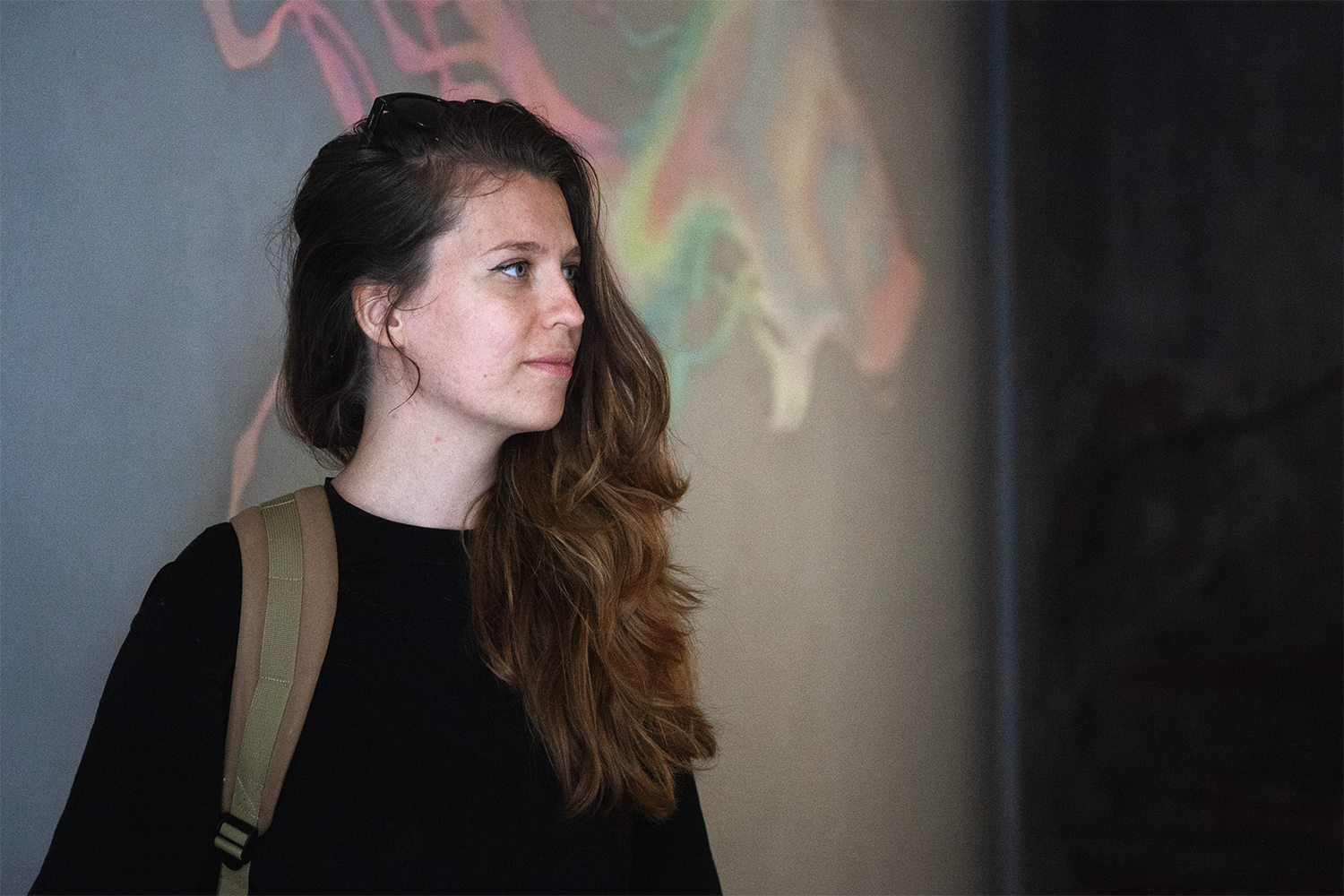
Today, painting murals in Ukraine, in a city a few dozen kilometers from the front line, is almost impossible, says Iryna. All her efforts and funds have to be constantly directed to restoring what was destroyed by Russian weapons. So, like a true diver, Iryna continues to explore the depths of current images for street art and look for projects abroad. Projects that would fill houses with art here and help build completely new safe walls at home.
